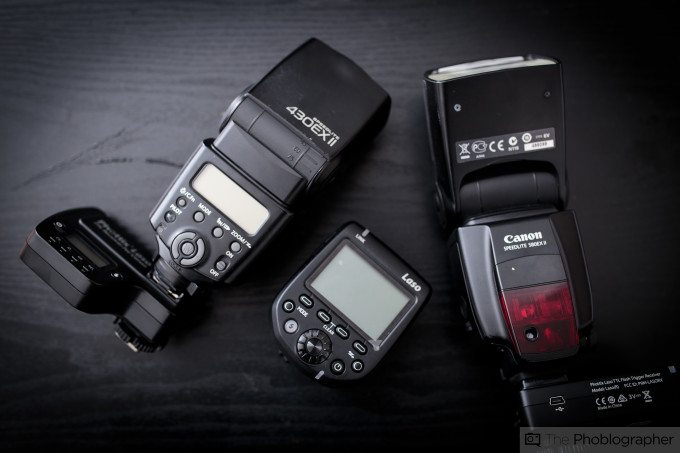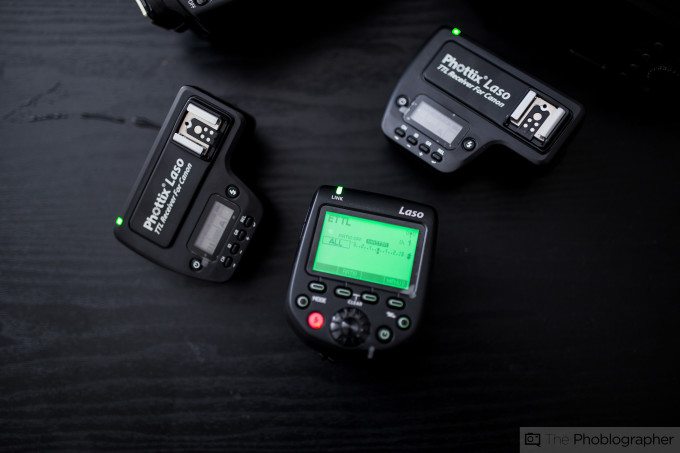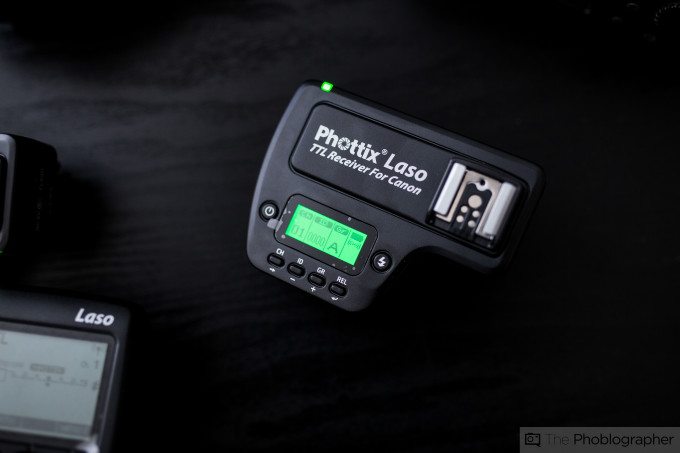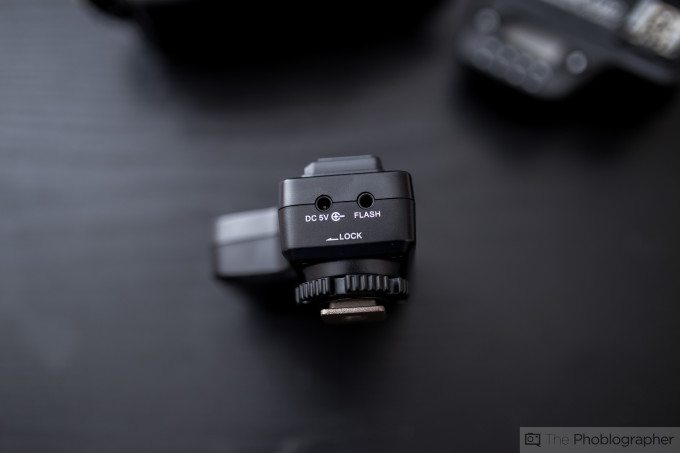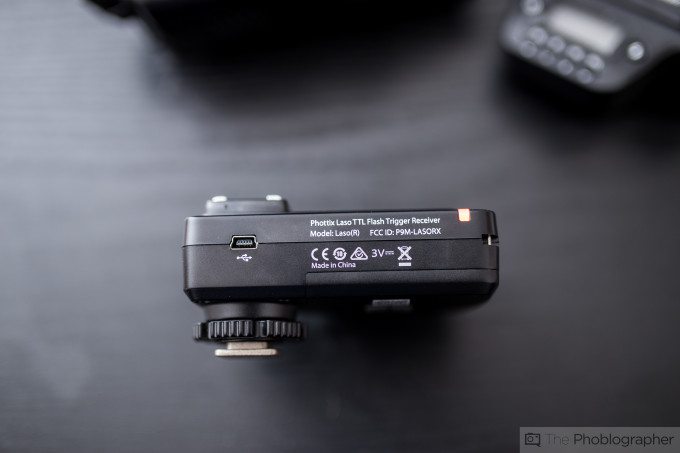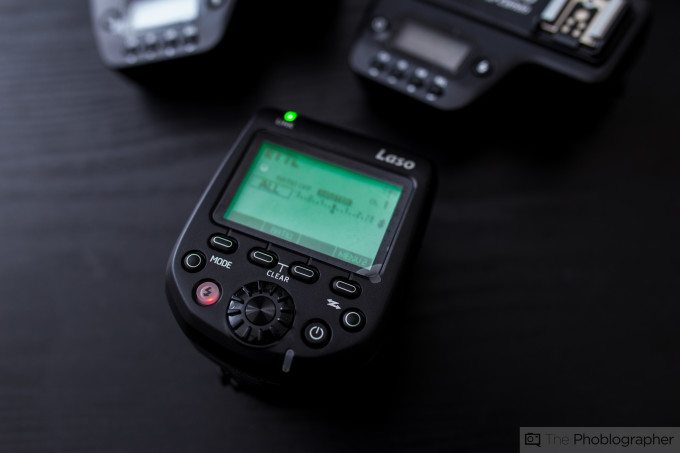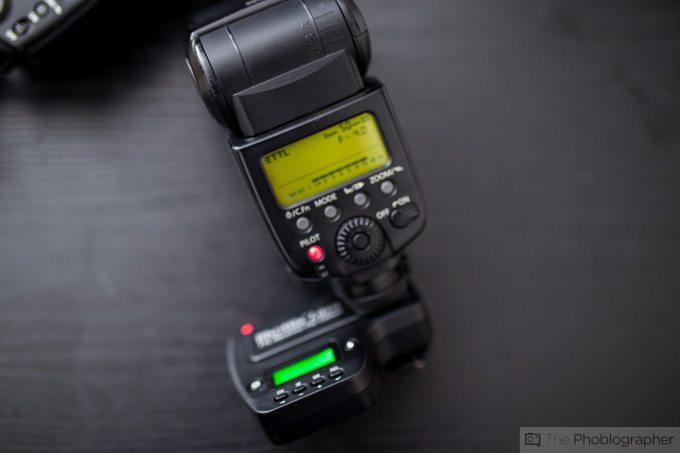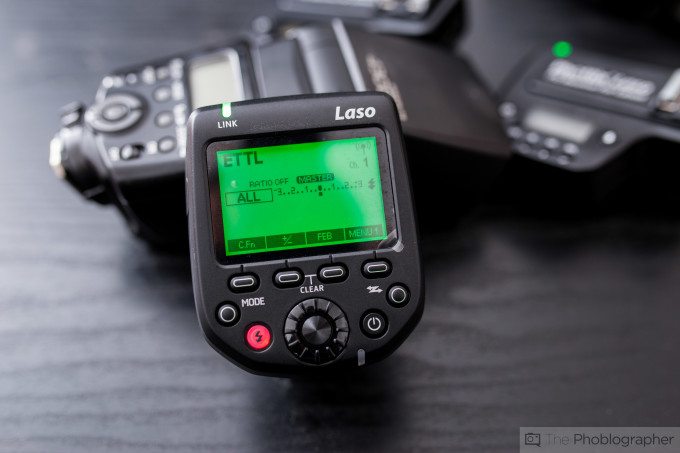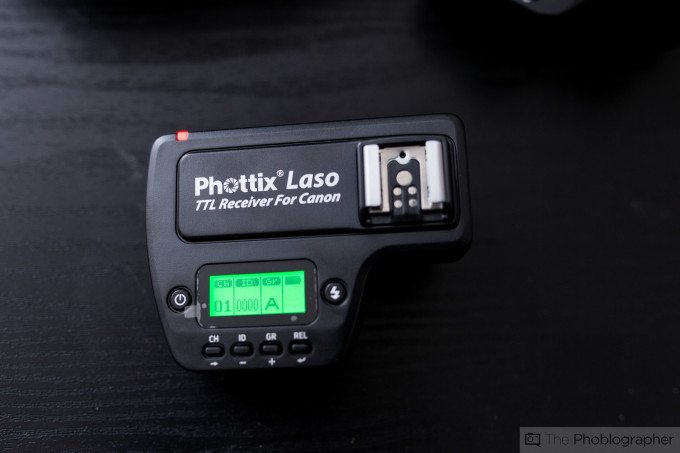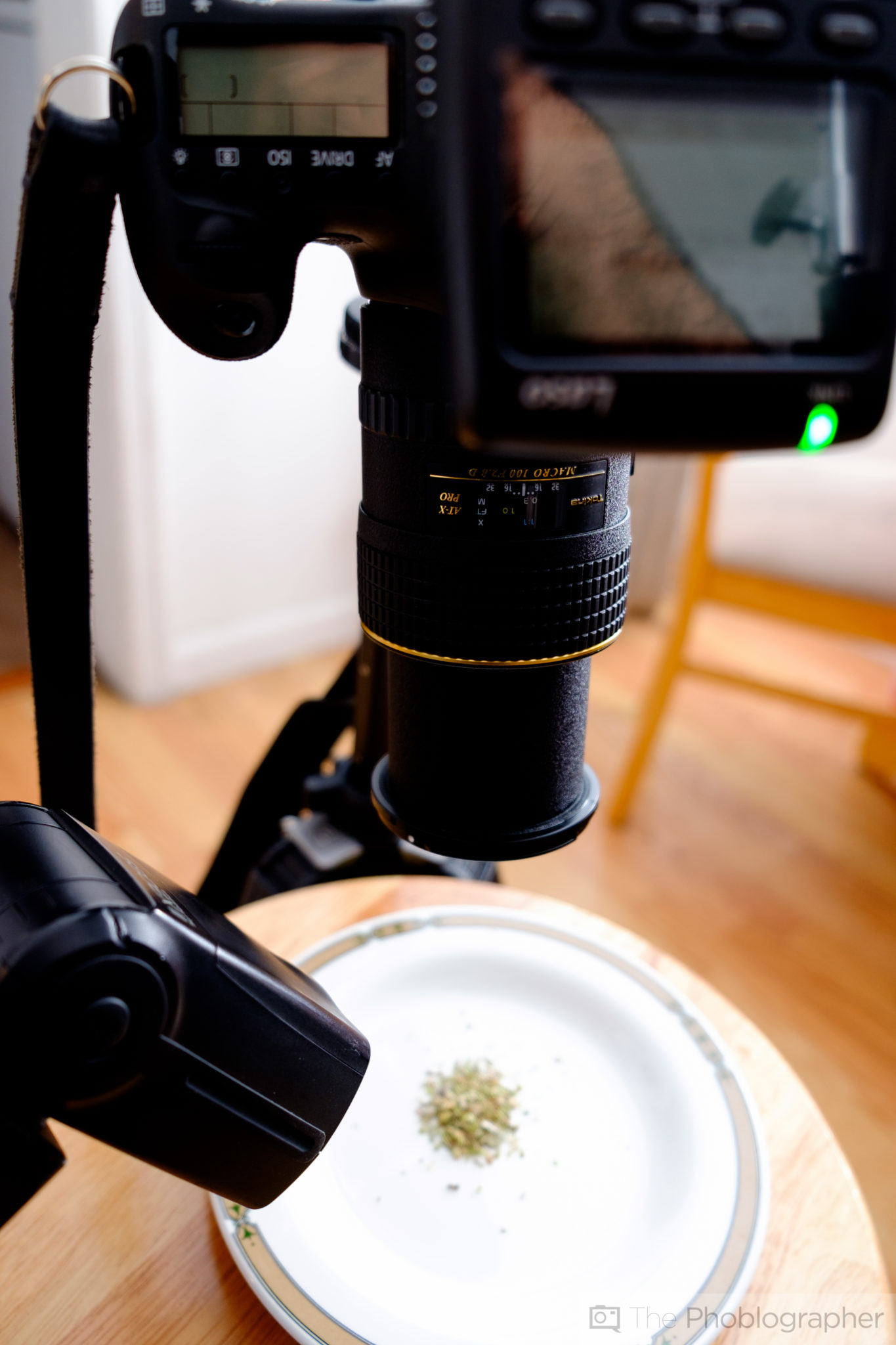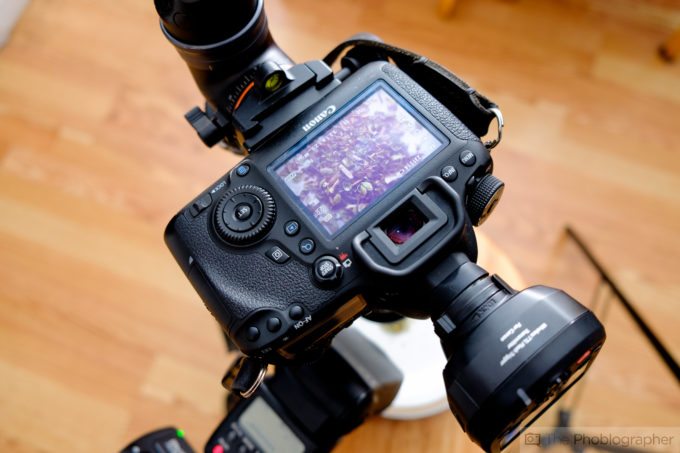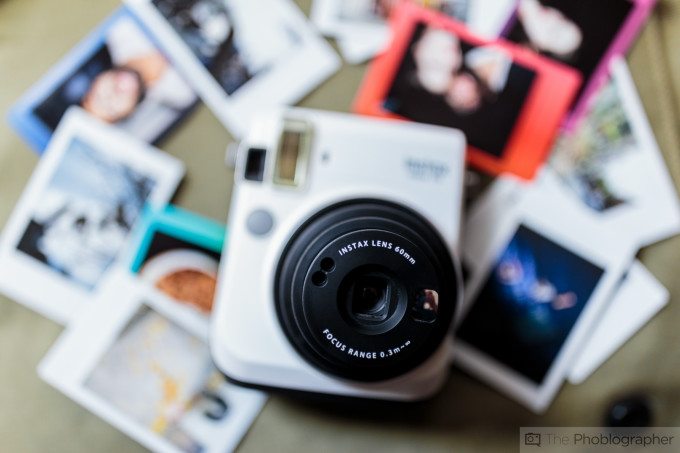Last Updated on 12/08/2015 by Chris Gampat
Phottix for years now have been known as a company that offers much of what Nikon and Canon do at a more affordable price point and with pretty good build quality. The company built its name starting with the Odin triggers, and from there they expanded to flashes, light modifiers and most recently monolights. But this year, they announced the Phottix Laso triggers: specifically designed to work with Canon brand flashes with Nikon support coming.
These triggers are much different from what the public is used to seeing from Phottix. They look much more high end but share the very simple ease of use that the previous triggers from Phottix did.
Gear Used
The Phottix Laso triggers were tested with the Canon 580 EX II, 430 EX II, Canon 6D, Sigma 35mm f1.4 Art, and the Canon 35mm f1.4 L II.
Tech Specs
Specs for the Transmitter taken from B&H Photo for $159.95
| Exposure Control | Canon E-TTL / E-TTL II Manual |
| Frequency | 2.4 GHz |
| Range | 328′ (100 m) |
| Channels | 15 |
| Groups | 5 |
| Ratio | 1:8 to 1:1 to 8:1 in 1/2-stop increments |
| Exposure Compensation | ±3 stops in 1/3- or 1/2-stop increments |
| Exposure Bracketing | ±3 stops in 1/3- or 1/2-stop increments |
| Manual Power Setting | 1/1 to 1/128 in 1/3-stop increments |
| Multi Function | 1-500 Hz |
| Flash Synchronization | 1st curtain, high speed up to 1/8000 sec |
| Infrared AF Assist Beam | Yes |
| Ports | 1 x mini-USB port 1 x 3.5 mm remote release terminal |
| Power Source | 2 x AA alkaline or Ni-MH batteries |
| Dimensions | 3.3 x 2.7 x 2.3″ (84.1 x 68.3 x 58.5 mm) |
| Weight | 4.2 oz (118 g) without batteries |
Specs for the Receivers taken from B&H Photo for $99.95
| Exposure Control | Canon E-TTL / E-TTL II Manual |
| Frequency | 2.4 GHz |
| Range | 328′ (100 m) |
| Channels | 15 |
| Groups | 5 |
| Ratio | 1:8 to 1:1 to 8:1 in 1/2-stop increments |
| Exposure Compensation | ±3 stops in 1/3- or 1/2-stop increments |
| Exposure Bracketing | ±3 stops in 1/3- or 1/2-stop increments |
| Manual Power Setting | 1/1 to 1/128 in 1/3-stop increments |
| Multi Function | 1-500 Hz |
| Flash Synchronization | 1st curtain, high speed |
| Ports | 1 x mini-USB port 1 x 3.5 mm remote release terminal 1 x Hot shoe |
| Power Source | Not specified by manufacturer |
| Dimensions | Not specified by manufacturer |
| Weight | Not specified by manufacturer |
Ergonomics
The Phottix Laso triggers consist of a transmitter and a receiver. One is dominated by a massive LCD screen while the other has a smaller screen and mostly functions to do what the other tells it to do.
The receiver has not only the Phottix Laso branding prominently displayed, but also has a hot shoe to hold your Canon flash. Below this is the LCD screen, buttons and that’s really about it.
On one side of the receiver is a DC in port and a flash port. To be honest, I never used these. Below this area though is a cold shoe with a lock to secure it onto a light stand.
On the other side of the receiver is a USB port that lets you do firmware updates to the receiver. Phottix doesn’t offer many firmware updates though.
The transmitter is much more complicated. It has buttons that function to do different tasks and also a giant LCD screen. This screen displays lots of information pertaining to the way that the information is being transmitted to the flashes.
Build Quality
Squeeze the triggers as hard as you can, but you won’t feel any sort of emptiness or cheapness to their build. These triggers are built overall incredibly well and there is very little to complain about. To that end, even the buttons feel nice; and the layout of everything is simple to navigate.
Ease of Use
Controlling the receiver can be done via the transmitter. The new settings and controls look very much like what Phottix did with the Indra500 TTL monolight. You’ve got buttons that accomplish specific tasks but you also have buttons designated to new functions depending on what menu you’re in. It just means you need to pay more attention to the screen.
The receivers have a much smaller screen and much less to fuss about. In fact, I only changed the settings on these once during the review period.
During the review, I thought that I ran into a reliability issue involving transmission and the flashes instead popping at full power instead of the TTL that I set it to. Then I remembered that a very long time ago, I dropped my Canon flashes so they were a bit wonky to begin with. However, they worked fine with these triggers.
Setting the flashes manually is also a possibility if you set them to be so via the transmitter. Once that is done, you’ve got full control over the flashes with no real problems.
So how is the TTL quality? I’ve always believed that Phottix has nailed TTL with Canon even better than Profoto has, and that statement still stands. It’s great; as it the flash exposure compensation and the manual flash control.
When using these triggers and the flashes in high speed sync mode, you’ll need to remember just how battery draining HSS is. The Phottix Laso triggers can help your flashes do HSS to 1/8000th. They also have stroboscopic abilities if you want to do that kind of stuff. Stoboscopic mode, also called multi, is simple to get to. But HSS requires you to digg through the menus a bit. However, HSS works with both TTL and Manual modes.
Conclusions
For a fairly affordable price point, the Phottix Laso triggers can help you to get great control over your Canon flashes. But I’m scratching my head as to why they were created to begin with. Odins are very good; and if the Laso triggers could do second curtain flash with Canon then I’d totally get it. But Canon only lets Canon flashes and transmitters do that. They’re built well, and they’re affordable, but again besides some new ergonomic and layout differences I’m not sure why you’d get them if you own the Odin triggers already.
The Phottix Laso triggers receive 4 out of 5 stars in the Phoblographer’s review.


